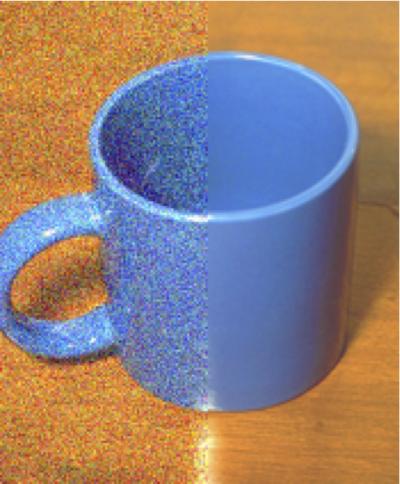Meaning Sways How Clearly We See Things

We tend to recall life's big events more vividly than everyday moments, and new research suggests this occurs because meaning influences how clearly we see something as well as how well we remember it later.
"We've discovered that we see things that are emotionally arousing with greater clarity than those that are more mundane," psychology researcher Rebecca Todd said in a statement from the University of Toronto. "Whether they're positive — for example, a first kiss, the birth of a child, winning an award — or negative, such as traumatic events, breakups, or a painful and humiliating childhood moment that we all carry with us, the effect is the same."
For the study, Todd and her colleagues first had participants look at pictures of three different types of scenes: emotionally arousing negative scenes, such as images showing violence or mutilation; emotionally arousing positive scenes, which included mild erotica; and neutral scenes, such as pictures of people on an escalator. The pictures were overlaid with varying amounts of "visual noise," akin the snow on an old television screen, and participants were asked to rate how much noise was in each image.
The participants consistently rated the emotionally arousing pictures as less noisy than the neutral images, regardless of the actual level of noise, the researchers said.
"When a picture was rated as less noisy, then they actually saw the picture underneath more clearly, as if there is more signal relative to noise in the emotionally arousing picture," she added. "The subjective meaning of a picture actually influenced how clearly the participants saw it."
The participants also were asked to jot down all the details of each picture they could they remembered within an hour of the noise test and were then shown the pictures a week later and asked if, and how well, they remembered them. Todd said the images rated higher in emotionally enhanced vividness were remembered more clearly.
Additionally, the researchers used brain scans to investigate which parts of the mind were at work when the participants catalogued these images. They found that activity in the amygdala, visual cortex and interoceptive cortex went up with increased vividness and that this process happened rapidly.
Sign up for the Live Science daily newsletter now
Get the world’s most fascinating discoveries delivered straight to your inbox.
"We found that the brain indexes vividness pretty quickly — about a 5th of a second after seeing a picture, which suggests it's about seeing and not just thinking," Todd said in the statement. "Emotion alters activity in the visual cortex, which in turn influences how we see."
The research appears in the Journal of Neuroscience.
Follow LiveScience on Twitter @livescience. We're also on Facebook & Google+.










